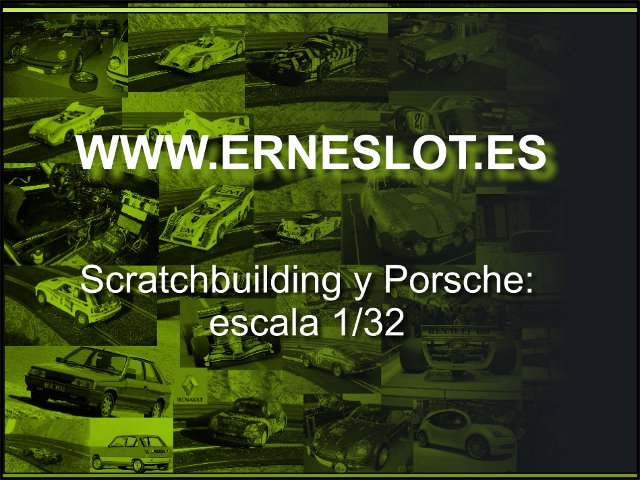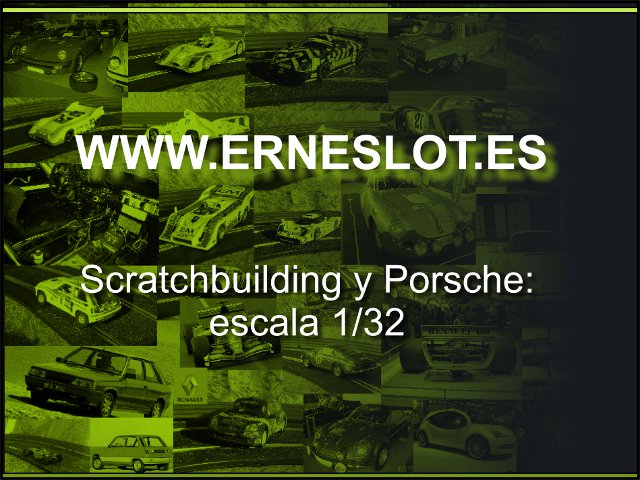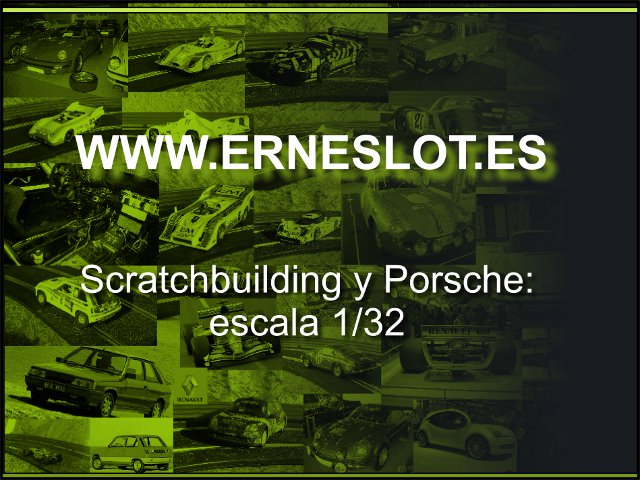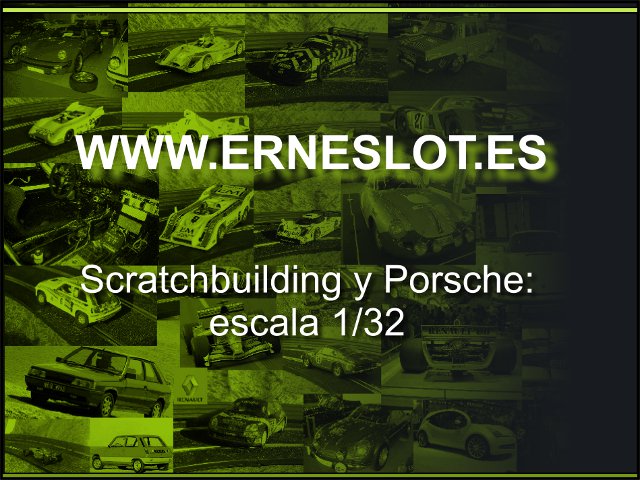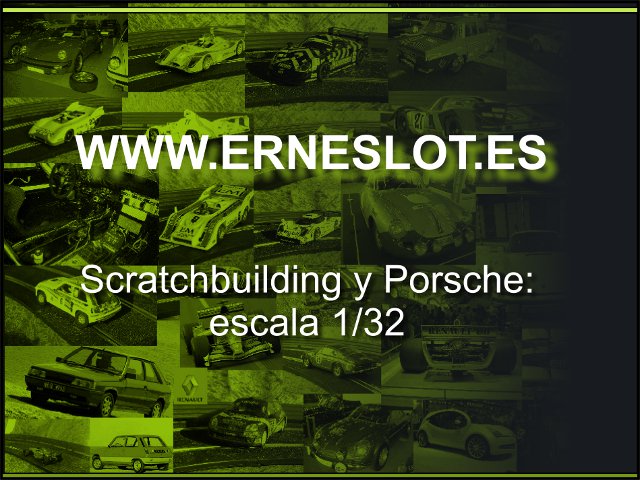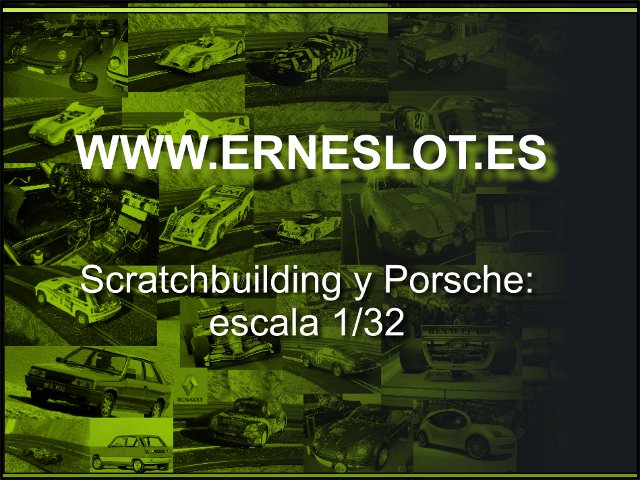Porsche 959
In 1981, Porsche began the development of a model based on the 911 to do compete in the World Rally Championship in Group B. The multi-valve turbo engine, four-wheel drive chassis and composite materials were the way forward at that time.
A part of the competition, with the development of a new model Porsche intended to explore new boundaries for future street cars and improve a range that at that time were three cars, the 924/944, 911 and 928.
The technical complexity of the car, on the one hand, and the elimination of group B to participate in the WRC, on the other hand, delayed the development of the car for nearly six years. The prototype "Gruppe B" was presented at the 1986 Frankfurt show and marked the outlines the new model, a further developed aerodynamic but perfectly possible to identify the 911 model 911. This is a picture of the prototype:
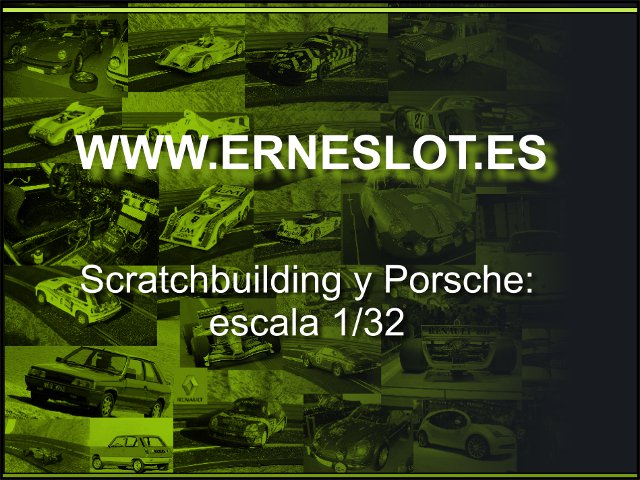
As they worked on the prototype during the next two years, the bodywork was modified, being the most obvious openings for entry and exit of air for brake cooling and engine. In mid-1985 was presented the final prototype, called F-3, with the look that the car would have. The prototype is not preserved as it was destroyed in crash tests.
In 1987 left the assembly line the first of the 283 Porsche 959 that were built. Its 2851 c.c. engine (Typ 959/50) derived from the 935/78 Moby Dick one, with four valves per cylinder, Bosch Motronic injection and twin turbo the car moved smoothly through the 450 hp at 6500 rpm delivering. To transmit such power output (in 1987 was an exaggerated figure) to the ground, the cars where fitted with a 6 gear gearbox and 4-wheel-drive system regulated by the PSK system. Instead of a central Torsen differential, as was fitted in the Audi Quattro, the center differential of the 959 was a viscous coupling who could split the torque between the axles. Sensors measured the speed of each wheel slip, engine speed and angle of rotation of the direction to determine the degree of adherence of each wheel and thus vary the distribution of the power output from each axis. Under normal conditions, the breakdown was 40% to 60% to front and the rear axle, a deal reached 20/80 in acceleration conditions.
The car's suspension was also derived directly from the competition, with an outline of wishbone and coil springs, dual shock per wheel and leveling control, the car automatically height decreased with increasing speed to improve stability.
With all this, the car became in its launch the production car's fastest at the time, with a top speed of 316 km/h and 3.9 seconds to accelerate from 0-100 km/h. Figures were soon beaten by his rival, the Ferrari F40.
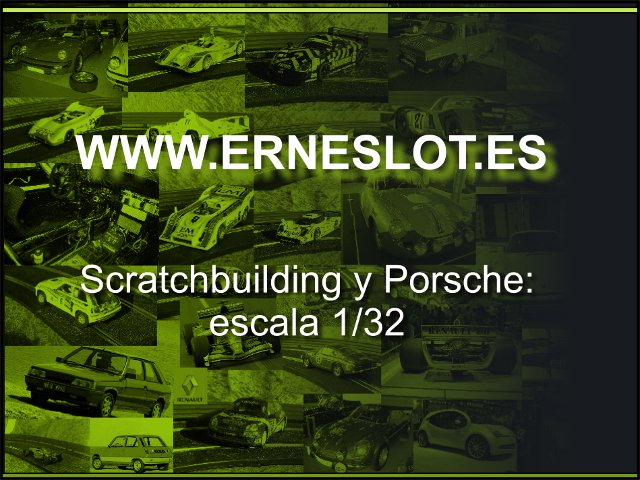
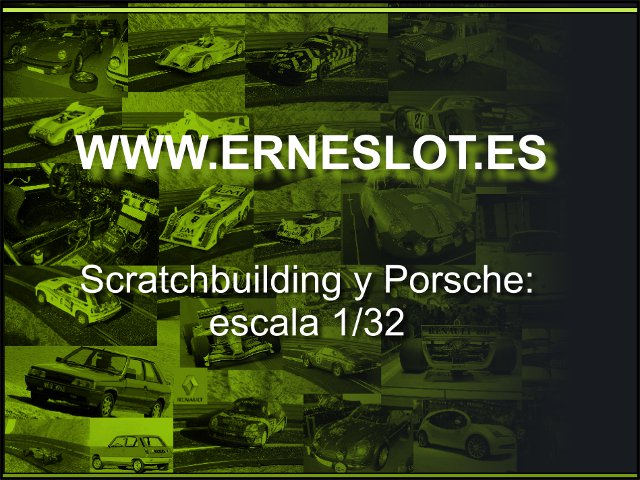
In The following link you will find many photos of the car, some very interesting of the mechanical parts:
http://www.959registry.orgIn relation to the 1/32 scale reproduction of the car, EXIN introduced its 959 model in 1988 with reference to 4083 in three different colors, black, red and white, and was manufactured in various versions until 1996. It was the first EXIN model to fit four wheel drive by pinions and not by belt as in other previous models. It was a very successful reproduction and well done, very close to the scale but a bit high and long, and with plenty of quality details, such as all incoming and outgoing air intakes very well reproduced. Because of their height and narrowness and the characteristics of the chassis, the car did not have good behavior on track.
Years later, the Altaya editorial recovered the EXIN mold to make a new version of the model for its "Duelos Míticos" collection , in this case reproduced over the body of a Porsche 959 the decoration of the 961 that participated in the 24 Hours of Le Mans 1987. Although the 961 was the evolution of the 959 to compete in circuits, the differences between the two was more than evident resulting in a fairly porous reproduction.

I had time with the idea of polishing the few shortcomings of 959 EXIN and make the street version of the model. And while I prefer always racing cars in this case, as with the 911 SC, will make an exception.
The work of documentation before beginning the transformation is very important to plan the job. It lets us to know the measurements of the real car and then pass them at 1/32 scale to see if the model is good, to see photos of the car from different angles helps us determine what parts are well reproduced and what not.
Furthermore, to observe the starting model will help us see the changes that have to do, whether to remove burrs from the mold, if there's missing an opening in the body, or anything else. After studying the documentation carefully and the starting scale model two things became apparent:
- The scale model is higher and longer than it should be if it had complied with the original car's average at 1/32 scake. The length I will not touch, there is little difference. But if the height, which is that the model has an inch more height than it should have and affect the general appearance of the reproduction.
- When watching the sides of the car, giving the impression that the body was racked, as the distances between the wheels and body were different on both sides. Placed the body on a graph paper to prove it and half on both sides were correct, so did with the chassis, then Why when placed the chassis to the body wheels were a different distance on each side? I concluded that the problem is that what was wrong was the position in which the chassis was anchored to the body, as indeed it was.
Fortunately, I could solve both problems with a single job. I cut the supports of the body and placed5 a new shorter ones in the right position. Thus lowers the ride height by 1 milimeter, and placed the chassis back into position with respect to the body to all four wheels stay on the same lenght to the body.
This is a photo of the original scale car:
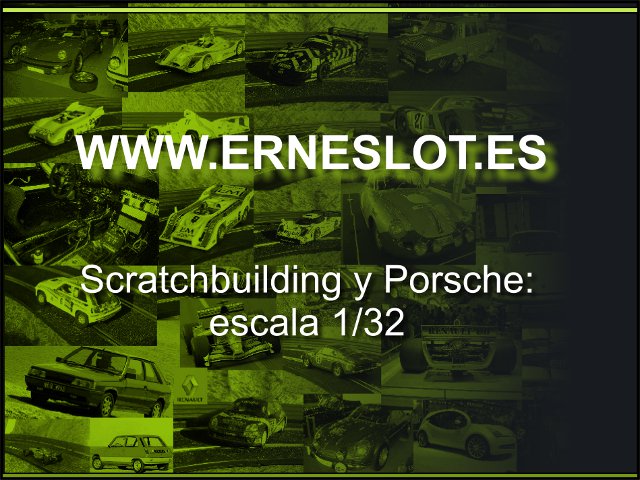
And this is the car lowering its height:
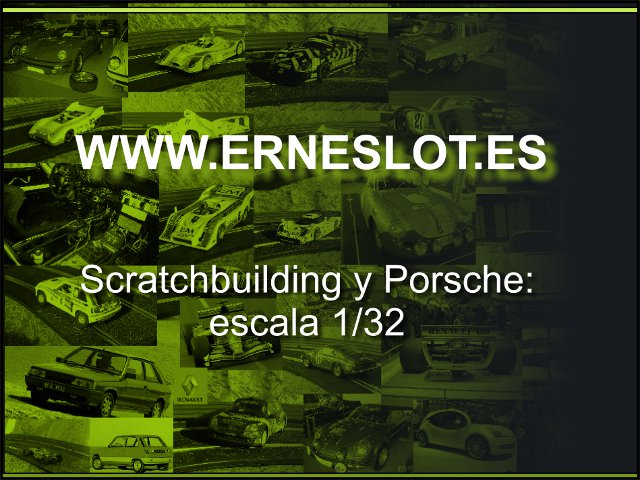
As you can see, a considerable improvement. Then removed the body paint as I always do.
As I didn´t have to do many changes in the exterior of the car I decided to start with changes in the interior. As in many other models, the drivers tray was very simple and I decided to improve it a little. This is the original drivers tray.
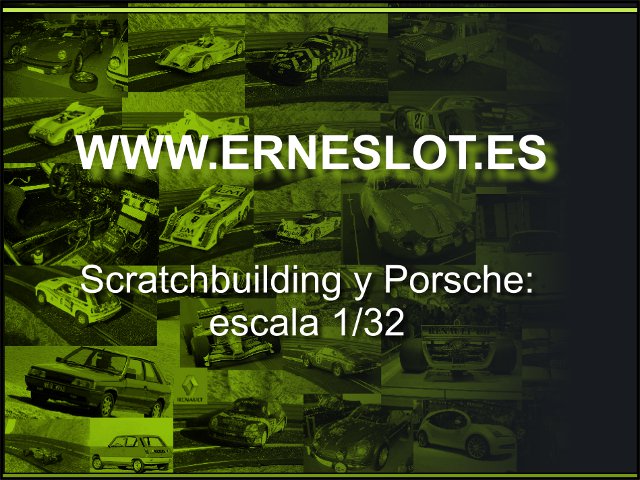
First, replace the model´s dashboard from a resin cloned ones more detailed than the car´s original. The dashboard is the same I used in other transformations, such as the Porsche 935.

Despite of the engine leaves little room, I thought about giving something more depth to the tray to win in details, cut inside and hit some plastic strips. As a bottom of the tray as I hit a plastic sheet cut from a credit card.

As the lateral adjustment of the crystal and the tray was not good, I stuck a plastic strip to fill the gap between both parts. In the photo is marked with an arrow.
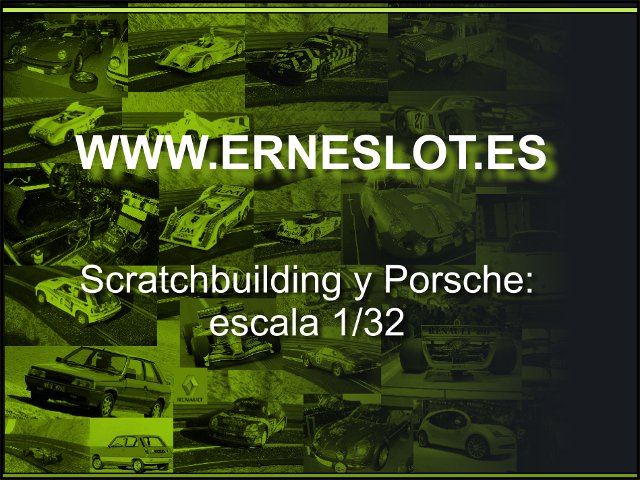
The seats I wanted to made from scratch because that included the car was ugly and it does not look anything like those fitted to the Porsche 959, with its characteristic integrated headrest. To do this, draw and cut out the outline of the seats on a thin plastic strip.
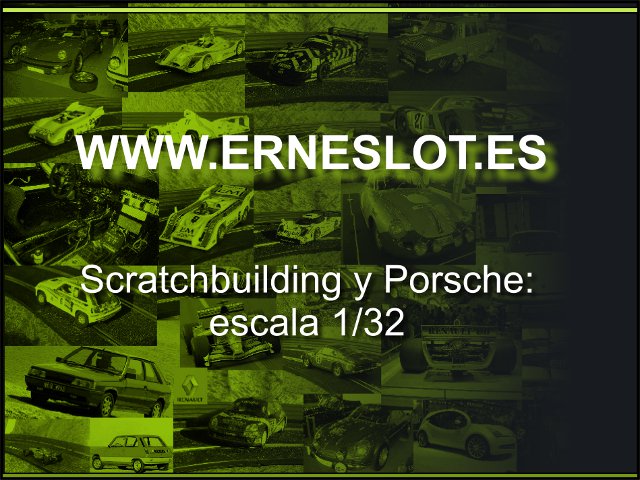
I pasted putty to give volume.
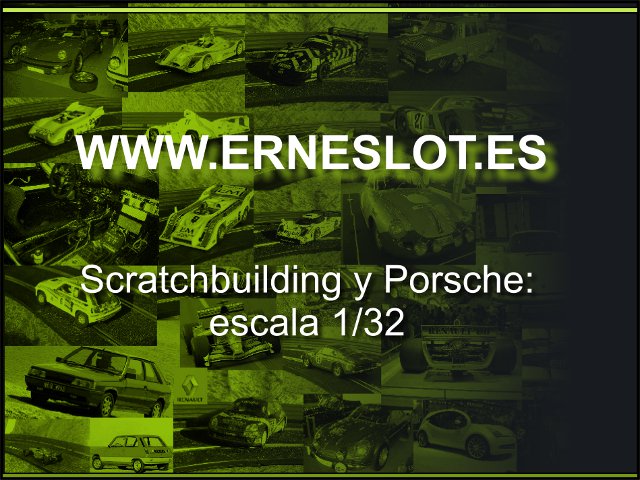
And after giving the definite shape with sandpaper to not repeat the work for the another, I used the finished seat as a model for cloning in polyurethane resin.
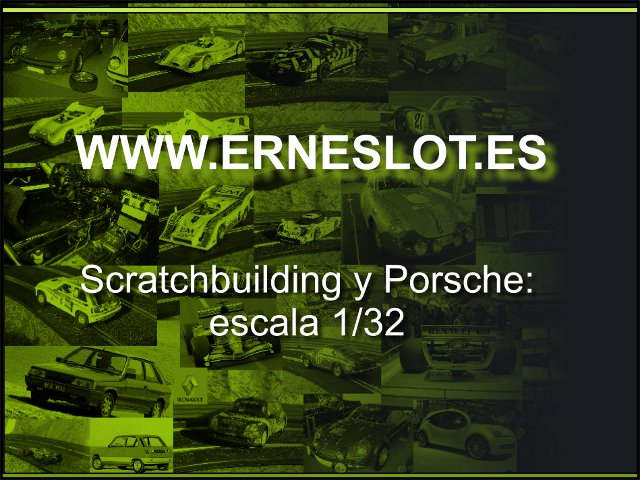
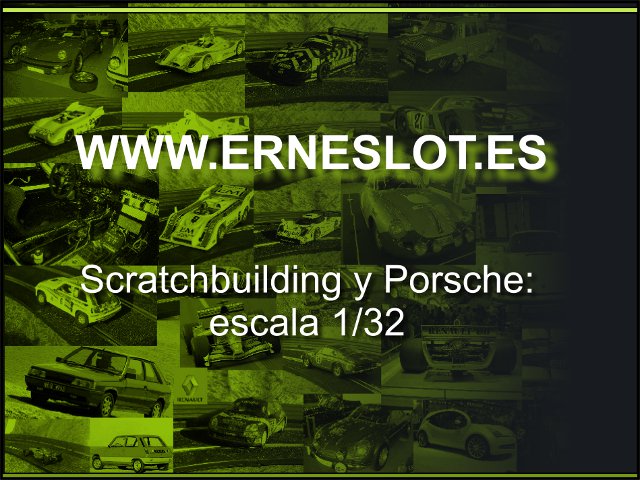
I made the rear seats of one piece, with plastic strips and putty the same way as the front ones.
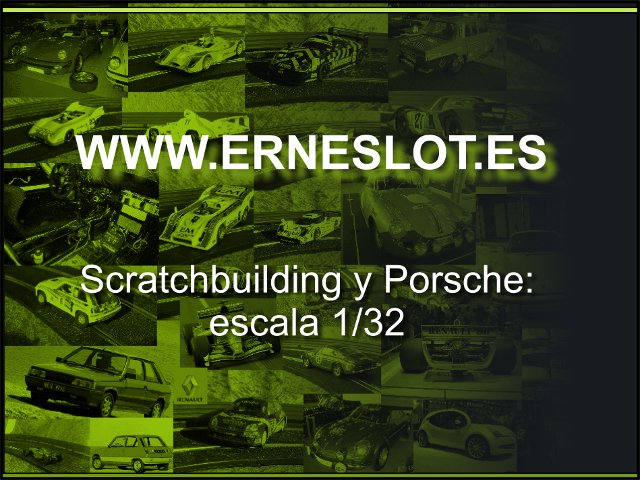
And this way looks in their place:
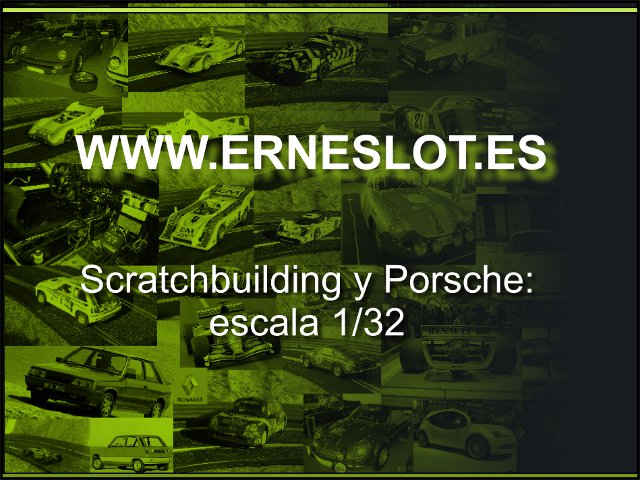
One of the few body modifications I did was to reduce the size of the engine grid. It seemed a little large compared with the grids of other 1/32 scale reproductions of the car (for example, by Fly Car Model) and decided to make a little smaller. For them, a cutter cutting a thin strip of the bottom ...
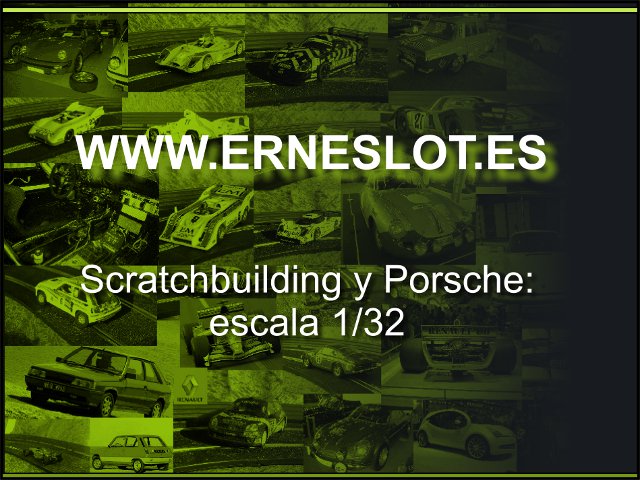
...who remove and finnish off with care.
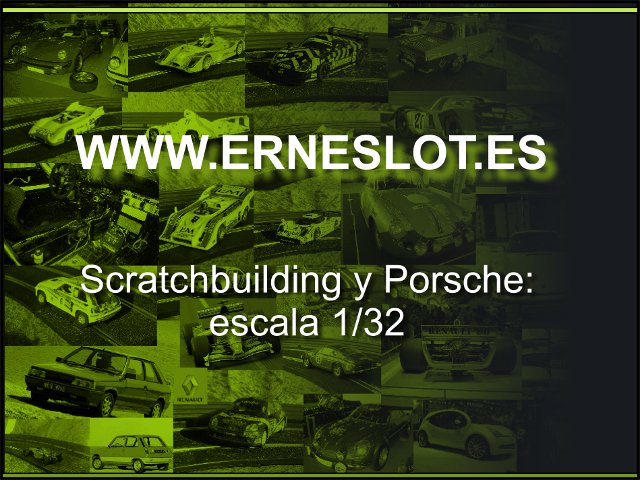
In the body, supplement with a plastic strip which is embedded the grid (marked in the picture with an arrow),
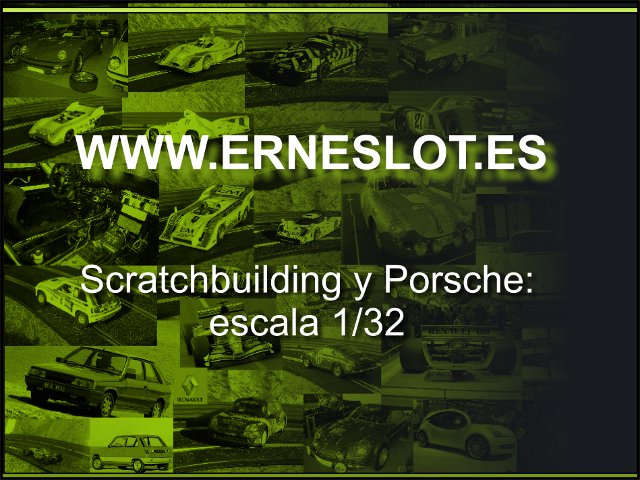
and once the grid embedded looks like this:

In the 1/32 scale model, one part of the rear of the car was reproduced in the body and another part in the chassis. In the chassis was inluded the bottom part, with the reproduction of the air outtakes the car has on each side of the exhaust pipes. I cut that part of the chassis and paste it to the body with bi-component glue. Moreover, widen the side air outtakes because they was a litlle bit small.
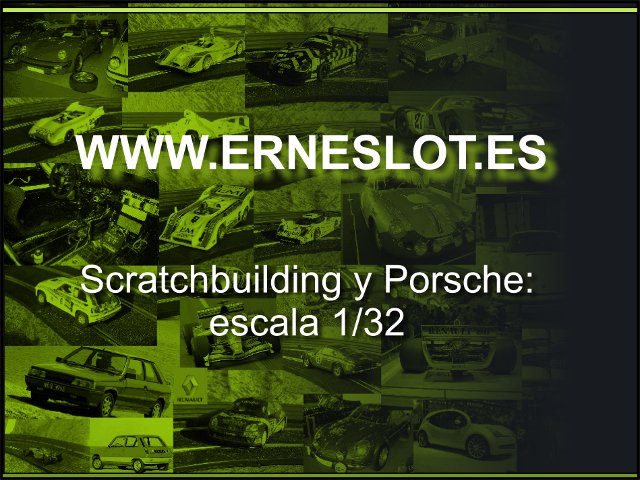
I never have liked the headlights of this reproduction of the 959, too oval and elongated. To change its shape I hit in the interior plastic pieces and hit a bit of putty around the headlights.
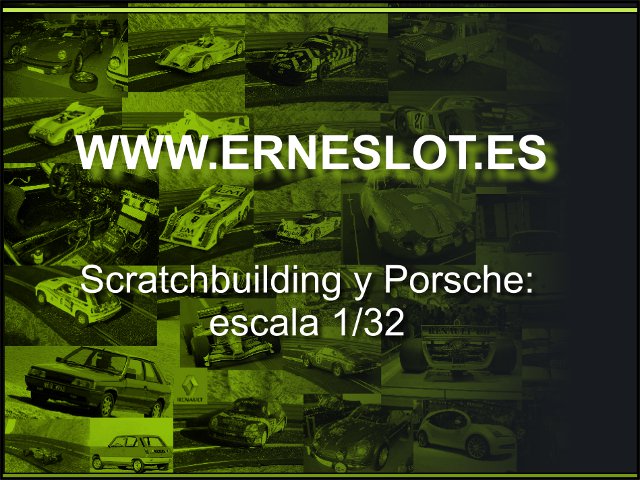
After giving shape to headlights hit other pieces of plastic over the holes in the headlights to make the fringe of the lighthouse as seen in the pictures below, on the right is the lighthouse with attached plastic piece and the left with the same piece of plastic worked, with the hole open to the lighthouse and lowered to leave a fringe more like the original car.
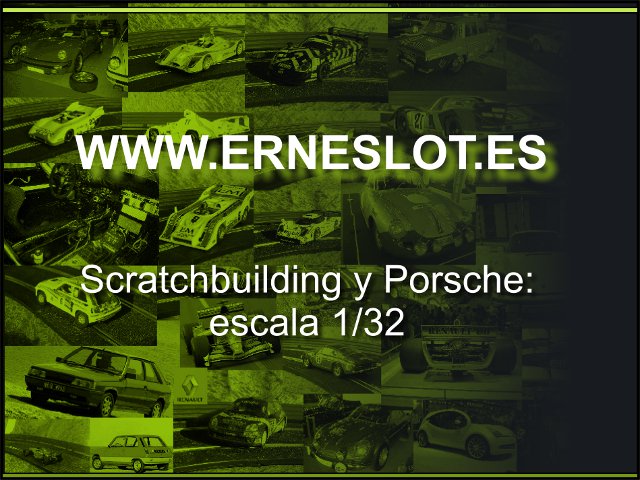
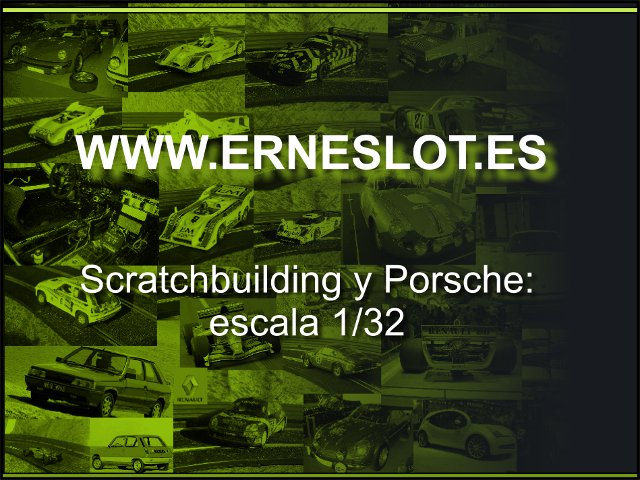
Moreover, and while not visible in the photos, rounding the four corners of the body because in the scale model the corners were too steep compared with the original model.
With two plastic pieces cut from a thin tube made the headlight-washers covers that stuck in his place.
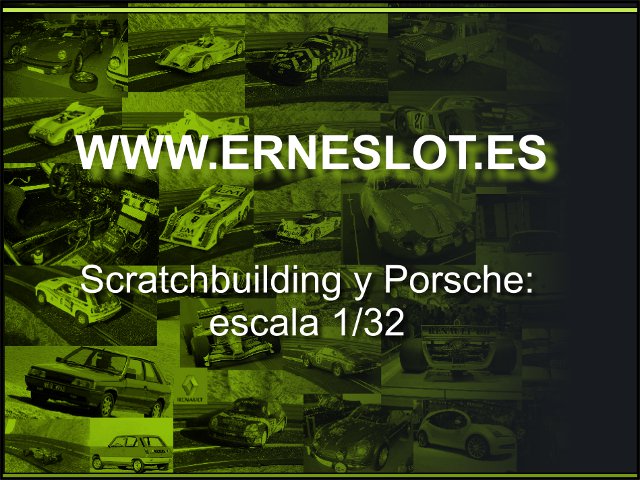
Rear air intake had a wrong shape, that fixed sticking a little bit of putty at the bottom to make it smaller and more adequately.
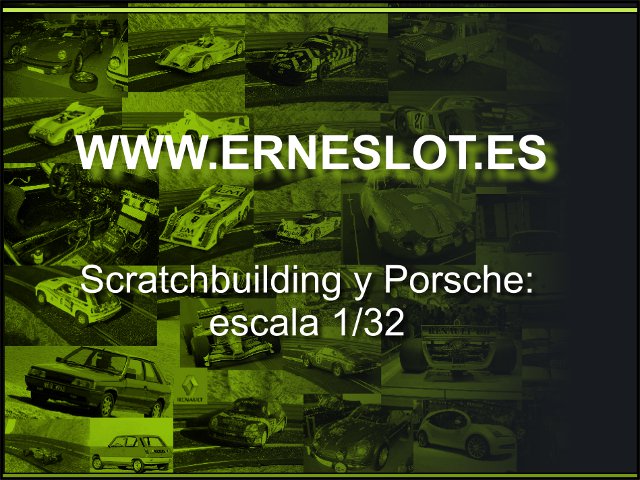
In the scale model, the rear wing is a separate part of the rest of the body. Because of this, the recesses of the body were too great. I glued the wing to the body, with a little putty closed the cracks and remarked narrower.
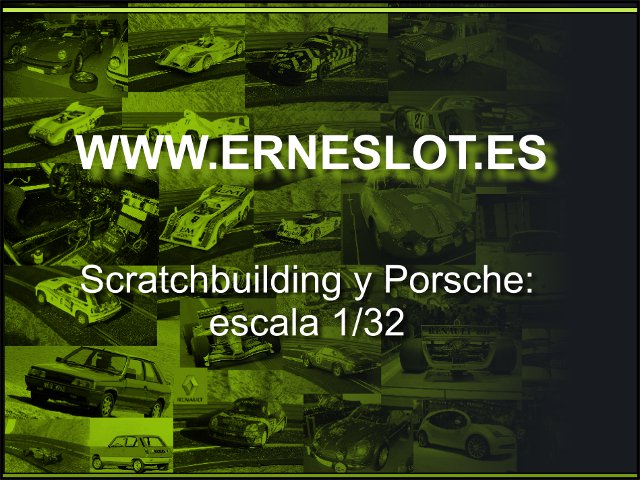
After a coat of gray primer to highlight defects apllied Tamiya putty to correct the small scratches that dotted the body. As I did not like the air vents on each side of the exhaust pipes I rebuilt them again with a much more correct result.
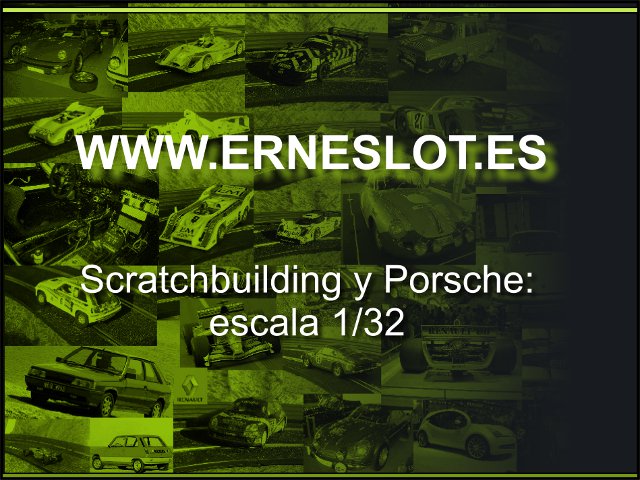
As a last step before the decoration I narrowed the wheels. The original car fitted a 235/45 front and 255/40 rear tyres mounted on 17 inches magnesium rims. Reproduction of the wheels on the scale model is very good but are too wide, so I narrow them until leave about 8 mm width (which would correspond to the rear wheels width to scale.) Compared to the wheels that originally fitted on (the right of the picture below) the change brings a lot of realism to the model.
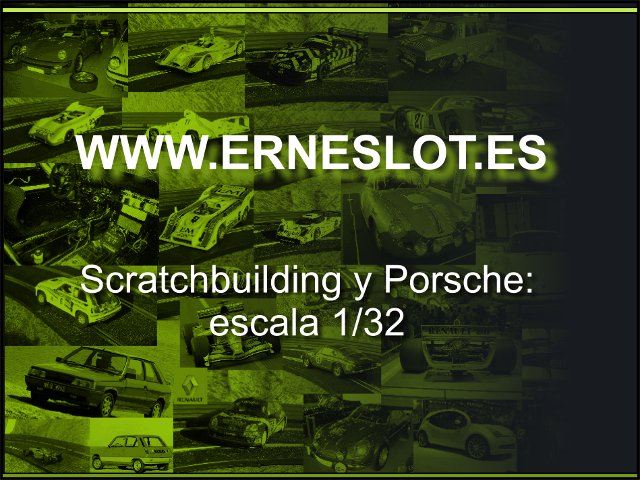
Completed all the modeling, I went to the paint. The decor chosen was a road car, metallic blue color. tThe chosen color was a mixture of X-4 blue and X-11 chromed silver, both Tamiya acrylics. I applied the paint with the airbrush and the result is shown in the pictures below.
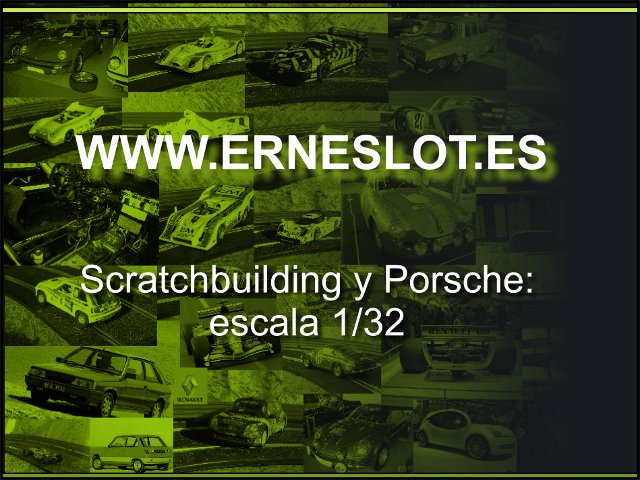
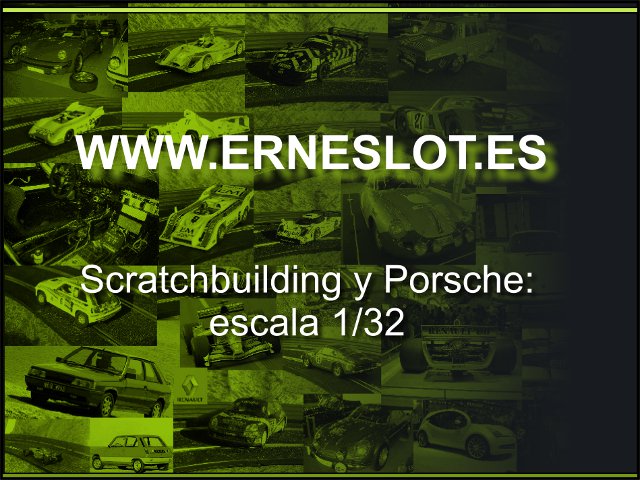
After leaving the paint dry, I applied two coats of Duplicolor bilayer varnish. The result I liked halfway. Varnish is a pretty aggressive so I applied two thin coats waiting for a day of drying between each. Still, if you look carefully, you notice that at some points, for example in the painted black door frames, has dragged the paint a little, but it shows very little. As after the second coat of varnish had left with a slight"orange peel" effect I pass a cotton swab dipped in Tamiya polish, getting a very good result without actually leaving the body as a mirror. Being the first time I used the polish did not want to spoil the work.
I painted the headlights as I used to do, first a coat of silver enamel paint and then Tamiya transparent paint red and orange.
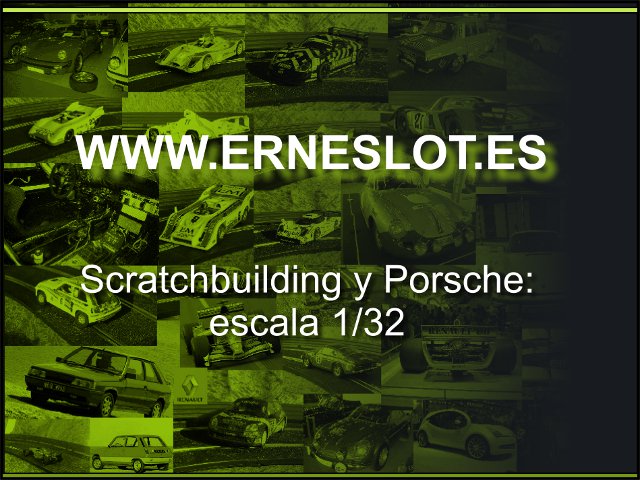
With the inside I didn´t care too much. The conductor, made of resin, painted with Vallejo acrylic colors, and the rest of the interior painted with bright gray Tamiya Acrylic trying to mimic the gray leather. A pin to simulate the gear shift and little else. It isn´t a paragon of detail but I like the result.
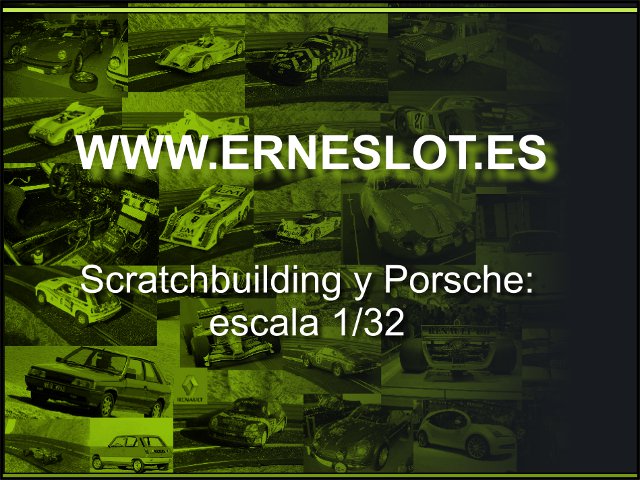
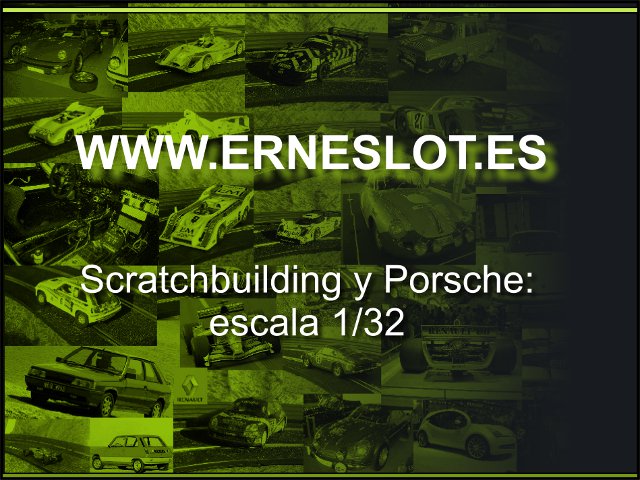
And as last detail, coupled brake discs to the wheels extract from Ninco wheels as shown in the following photos:

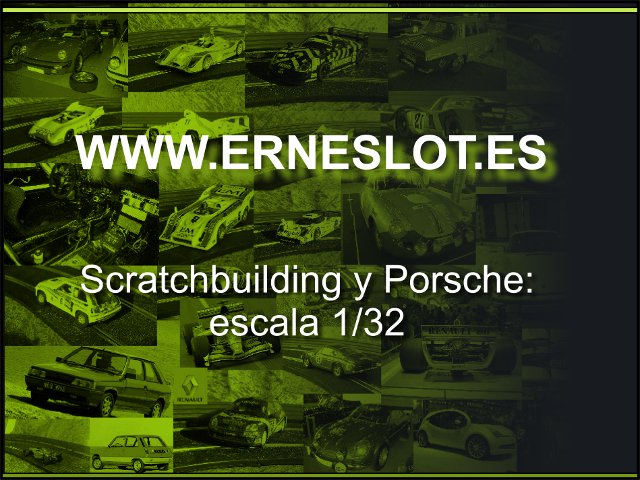
To finish the decoration it olny last to place some home made waterslide decal white paper plates,...
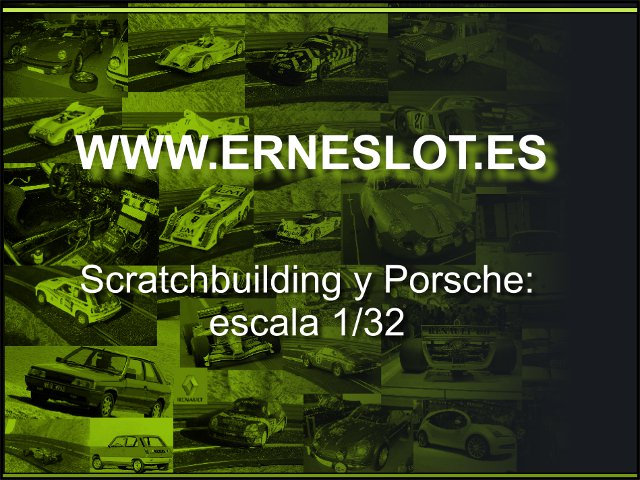
...once pasted look like this:
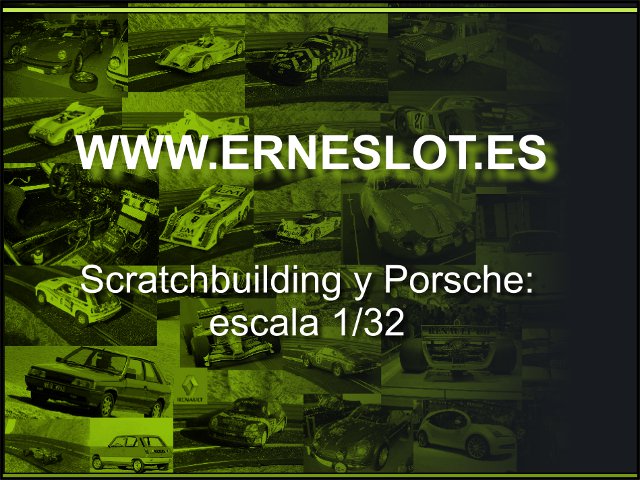
After placing the decals, another coat of varnish and a pass with polish to the entire surface. Finished work on the body, mount the car remained to finish the job:
The varnish has returned to make his own, although to put much care has attacked the paint in places, is especially evident how he attacked the paint on the hood, but if you look carefully also damaged window frames ... It annoys me a bit because in the end varnish has marred the work, that I was enjoying a lot. Fortunately, other details like the color of the interior or lights are more of my taste. I think I will not going to use the Duplicolor varnish, at least with acrylic paint.
Go to topFortnightly updates, new cars and more in www.erneslot.es



